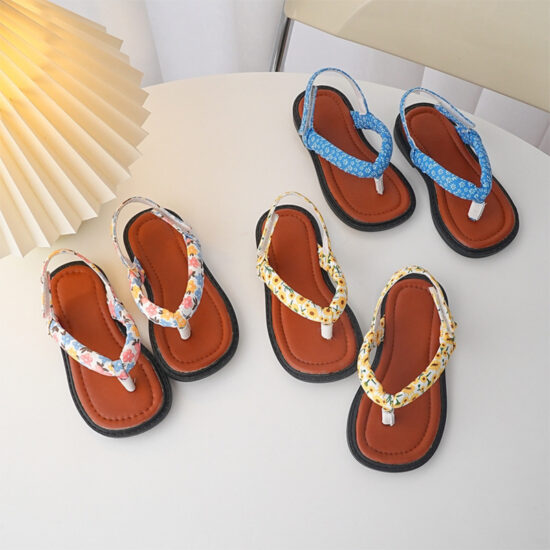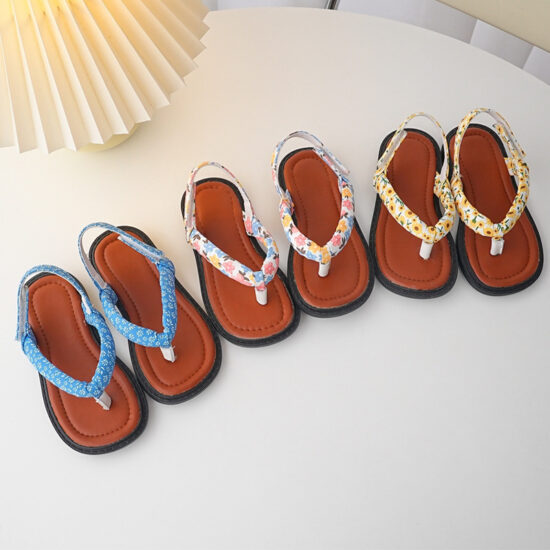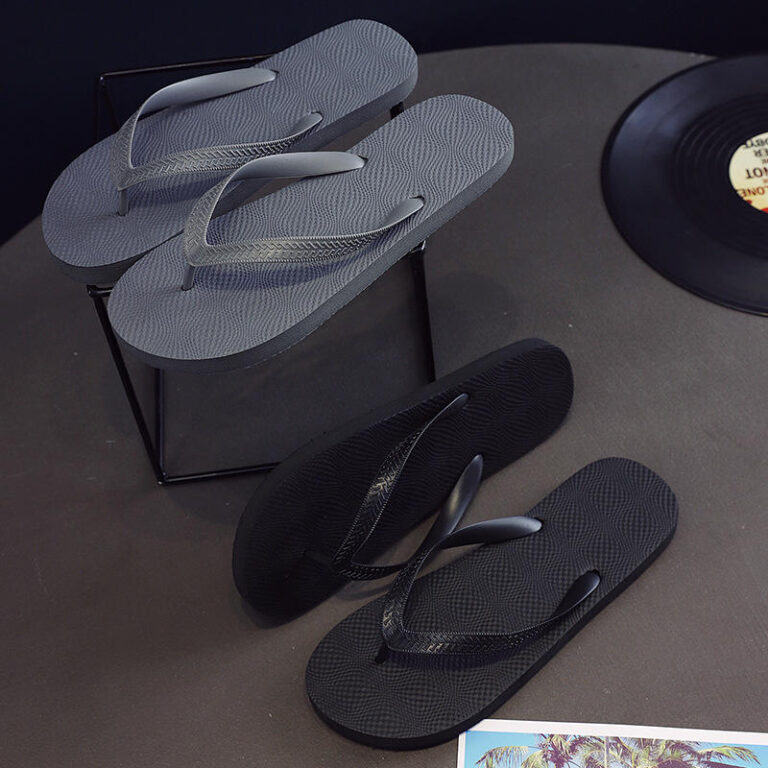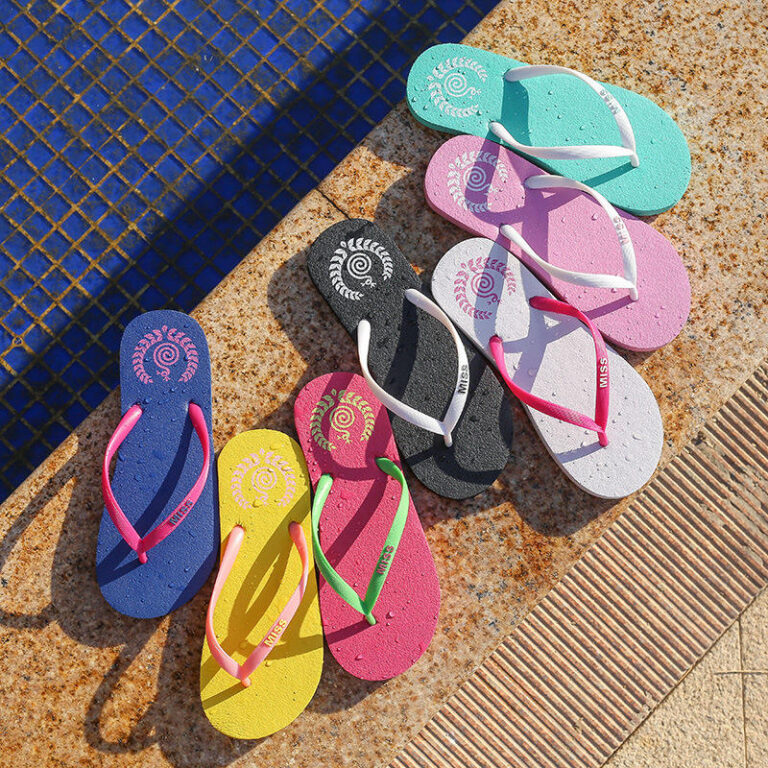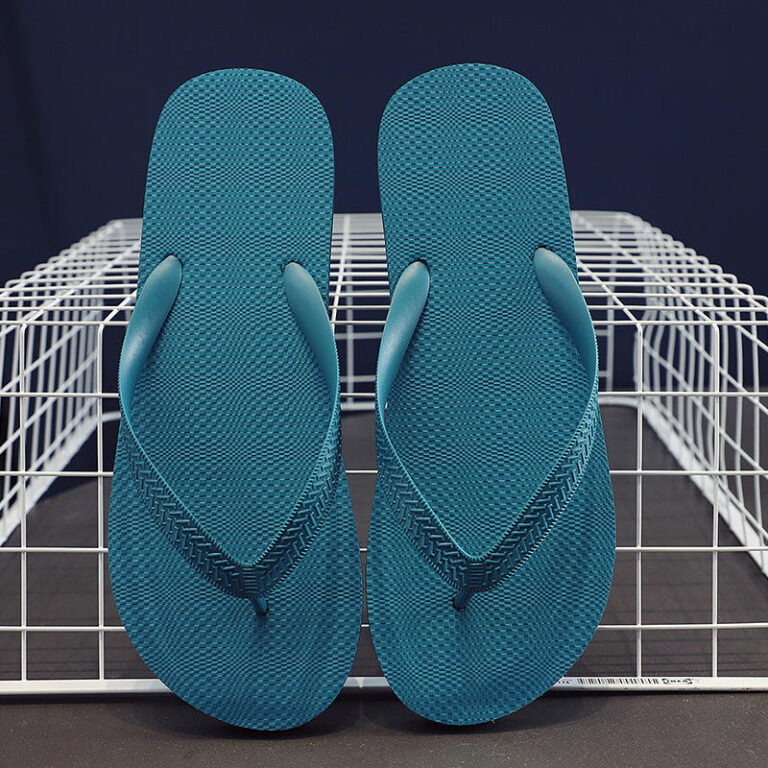jay@nbdho.com
Flip Flops and Foot Health: How to Protect Your Feet While Enjoying Comfort
Introduction:
Flip flops are the epitome of comfort and convenience during the warm months. With their easy-to-wear design and lightweight feel, they’re perfect for casual outings or relaxing by the pool. However, while they offer comfort, flip flops might not always be the best choice for your foot health. In this blog, we’ll explore the effects of flip flops on your feet and how to protect them while still enjoying the freedom that flip flops provide.
The Downside of Wearing Flip Flops for Long Periods:
While flip flops are comfortable for short-term use, wearing them for long periods can lead to several foot health problems. Since flip flops lack proper arch support, they can contribute to foot pain, plantar fasciitis, and other conditions. Without adequate support, your foot is forced to compensate by using muscles that are not typically activated, which can cause strain.
Increased Risk of Injury:
Because flip flops leave your toes exposed and the straps provide minimal support, they can increase your risk of injury. You may be more prone to stubbing your toes, twisting your ankle, or tripping when wearing flip flops. This is particularly true if the flip flops are poorly fitted or worn during activities that require more stability.
The Importance of Proper Fit:
A significant factor that affects foot health while wearing flip flops is the fit. Flip flops that are too loose can lead to blisters or make it difficult to walk properly, while those that are too tight can cause discomfort and even contribute to bunions over time. Always choose flip flops that fit snugly and comfortably around the foot, ensuring that the straps don’t rub or cause irritation.
Choosing Flip Flops with Proper Arch Support:
To mitigate some of the negative effects of flip flops, look for designs with built-in arch support. Brands like OluKai, Vionic, and Teva offer flip flops that provide extra support to help distribute weight evenly across your feet. These options feature contoured footbeds that offer cushioning and help prevent the foot from becoming overly fatigued, providing the comfort of flip flops while promoting better foot health.
Alternatives for Supporting Foot Health:
If you’re concerned about foot health but love the feel of flip flops, consider alternatives such as orthopedic sandals or slides with built-in arch support. These styles often provide the same open-toe experience but with added benefits such as heel cups and arch stabilization, making them a great option for extended wear.
When to Avoid Flip Flops:
While flip flops are great for casual settings, they should not be worn for activities that require foot protection or more support, such as hiking, running, or prolonged standing. If you plan on walking long distances, look for shoes that offer better cushioning, arch support, and a secure fit to reduce the risk of injury.
Conclusion:
Flip flops offer ultimate comfort and are a great choice for warm weather, but it’s essential to be mindful of their impact on foot health. By choosing flip flops with proper support, ensuring a good fit, and limiting their use for short durations, you can enjoy the benefits of flip flops without compromising your foot health.
